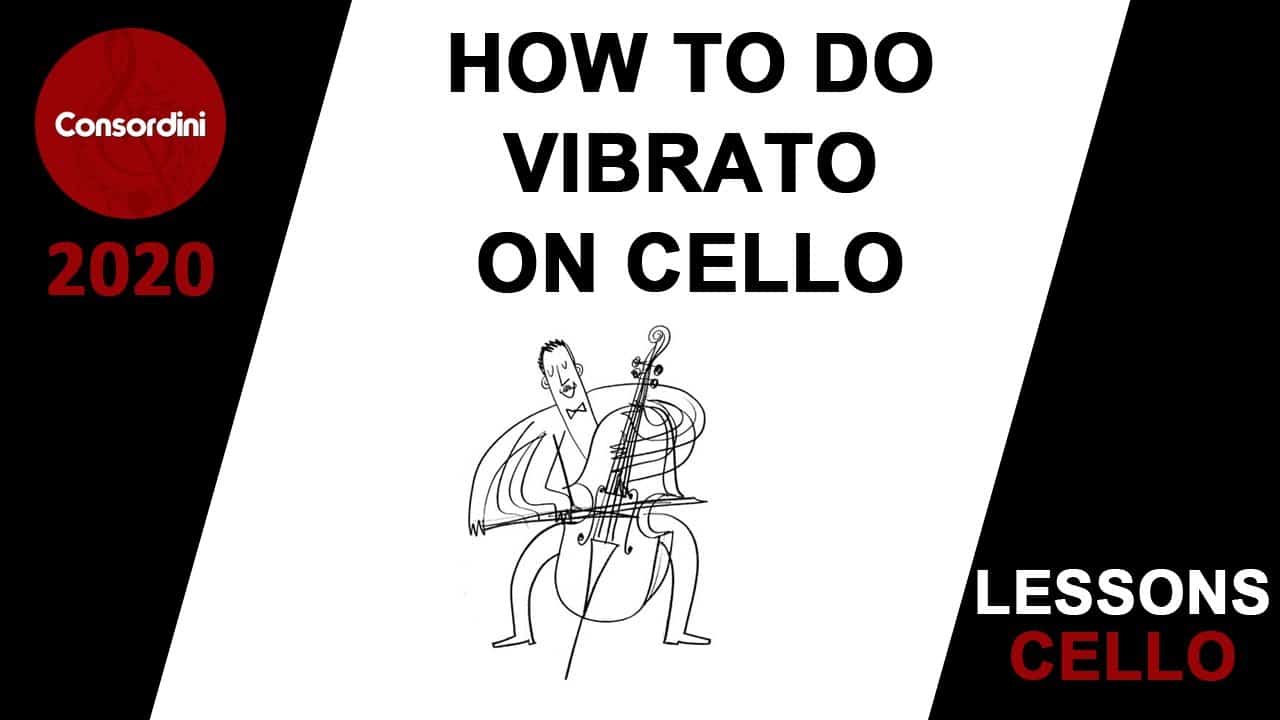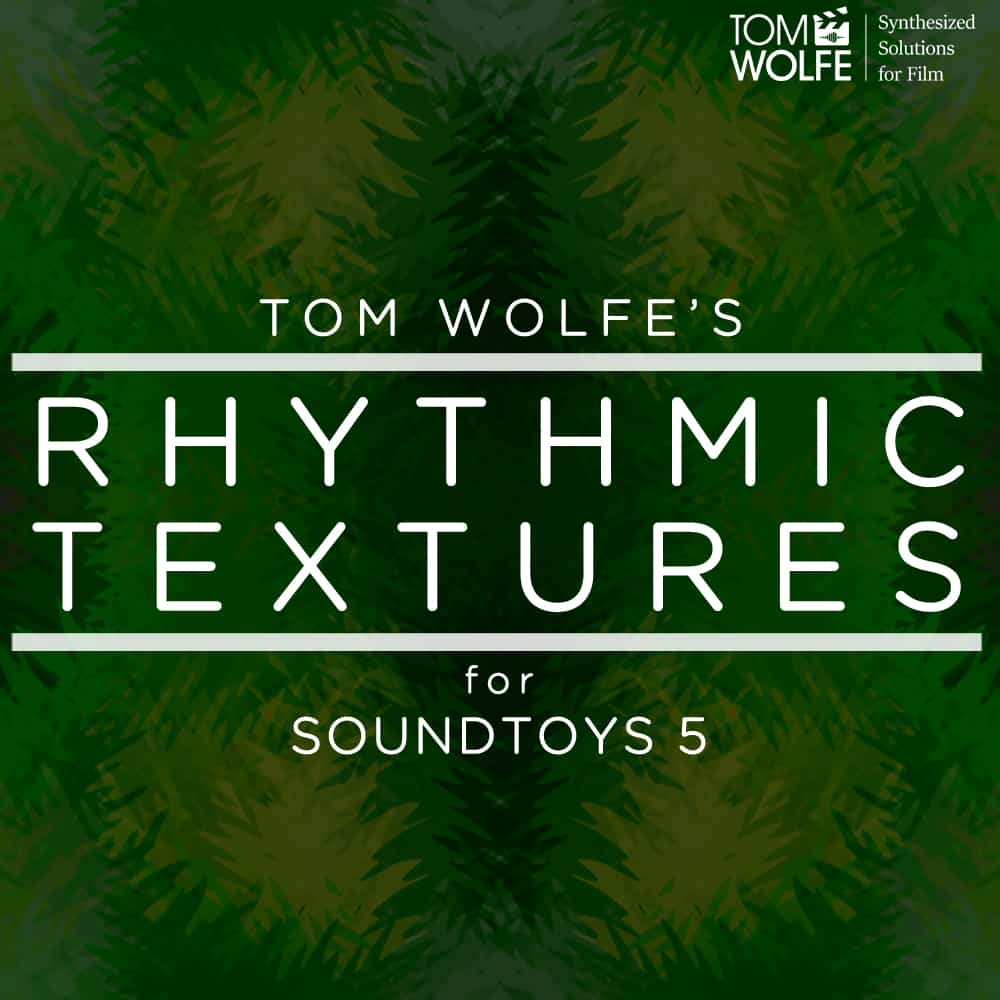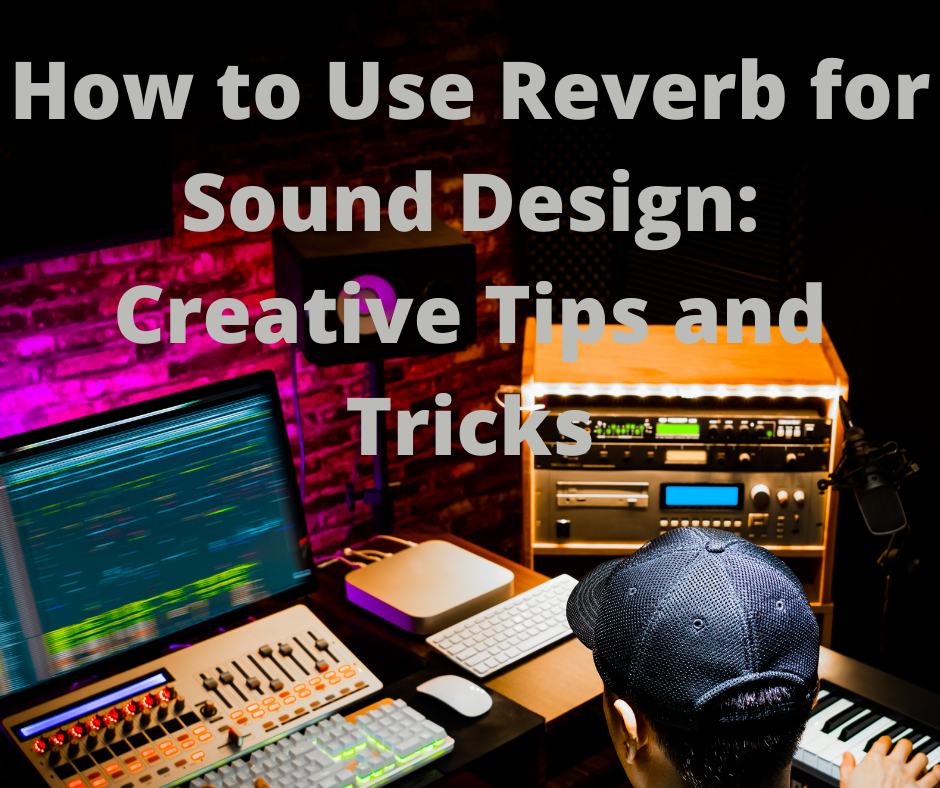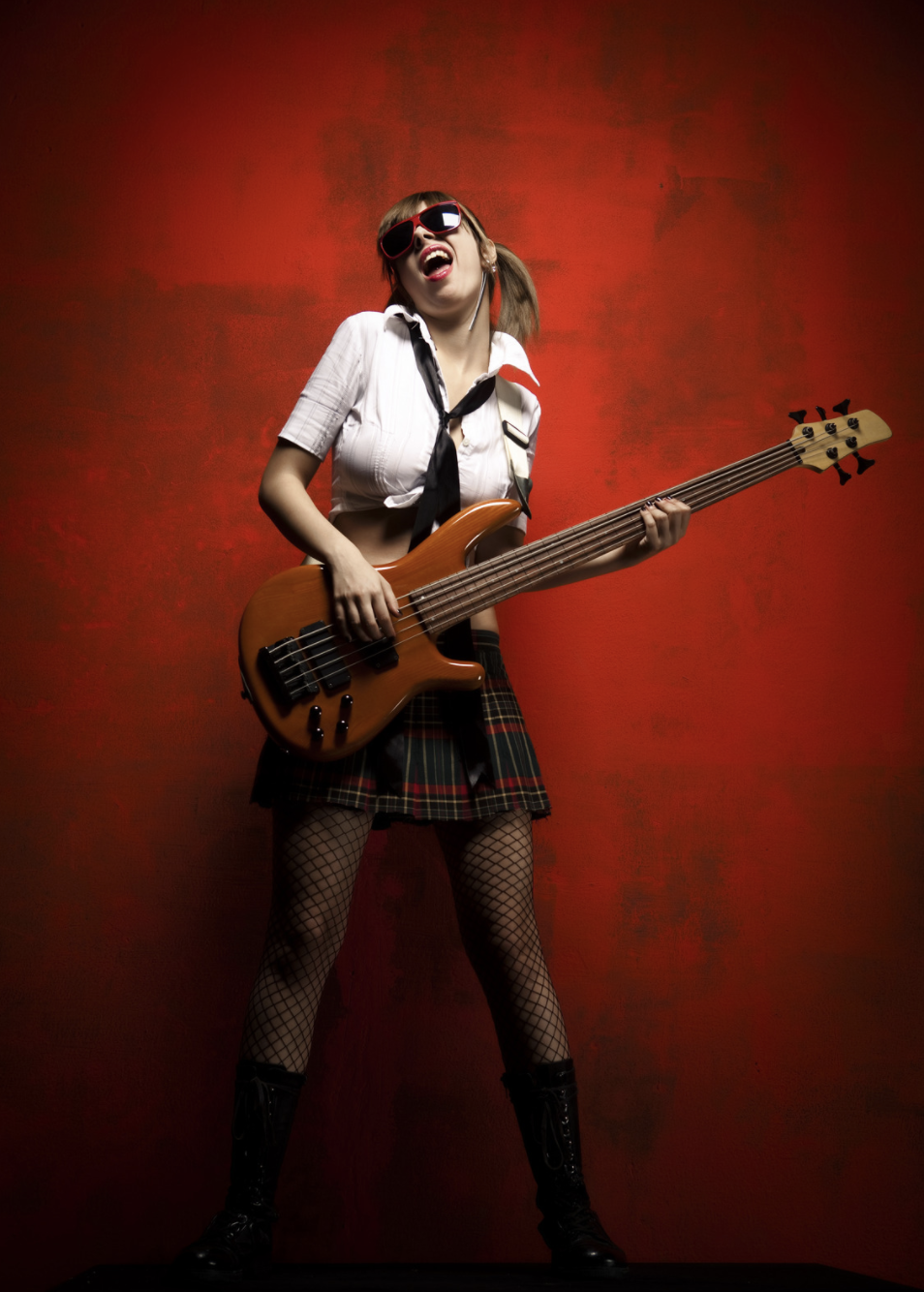How to Do Vibrato on Cello
Ah, vibrato, the lovely shake in the sound we have all heard. It pulls us in, it adds character that a fretted string instrument could not. In this video we discuss the basics of playing vibrato on cello, which differs from how violinists and bass players do it.
Vibrato is a special oscillation of tones played with only one finger (in contrast to a trill which would use two fingers), where there is one definite note (the pitch being played) and an undefined note generally lower than the pitch played.
Vibrato doesn’t go higher than the note it’s on, only lower, coming back up to meet it. Doing this achieves several aims. The first is the obvious one, that it sounds nice. Singers use vibrato, and so it is already part of our ears to hear. It livens the music up by giving it direction and movement. In addition, it also makes the instrument more resonant, and hence louder, so it is very helpful for projecting in a hall.
Finally, vibrato varies wildly based on musical context, from fast to slow, from wide to narrow (more shifting back compared to less). In this way vibrato carries a lot of information about the emotion of a piece, and tastes can vary as well.
Vibrato is a part of most string instruments, woodwind instruments, and the human voice, though its technique will vary depending on the instrument. Even in the classical string family, the way a violinist vibratos is very different, accounting for the different angle of the hand, and the bass vibrato is wider and uses more arm motion.
The basic approach is to angle your hand slightly toward yourself (that is, fingers pointed down more), and to use a motion similar to knocking on a door. In order to control the vibrato, you will need to practice evenly coming up to the note, and for this I recommend a metronome.
Play with a slightly lighter touch at the bottom of the vibrato (from a pitch perspective, so, as your hand moves closer to your head), and use greater pressure in the string when moving back into the main pitch. If done correctly, you will hear the cello get louder, and you will feel it also as it vibrates more.
Musically, vibrato can be used to shape long notes, accent high notes in a phrase, shape melodies, add a haunting nature to low notes, and much more as well. It is important to keep this in mind as you work on vibrato – it has a voice of its own. Listen to recordings and use your ear to guide how wide and fast or narrow and slow you are playing (or any number of recombinations).
It is also good to try to keep vibrato moving independently of the notes. Meaning, if you were vibrato-ing up as you change notes, start the next note in that same part of the vibrato.
If you have to reset the vibrato per note, much of the effect is lost.
It seems from the historical record that vibrato has come more into fashion over time, with orchestras in Vienna not using any pre WW1, to it being used all over Europe following the war (presumably, because of both new players and a need for more emotion in performance given the times).
In the baroque era very little or no vibrato was used. Mozart is recorded as having said some people play as though they’ve got the shakes.
While this is sometimes taken to mean classical era music doesn’t use so much vibrato, it is unclear if it is merely a criticism of bad vibrato. After all, vibrato sounds great to us now, so presumably, it did back then as well.










